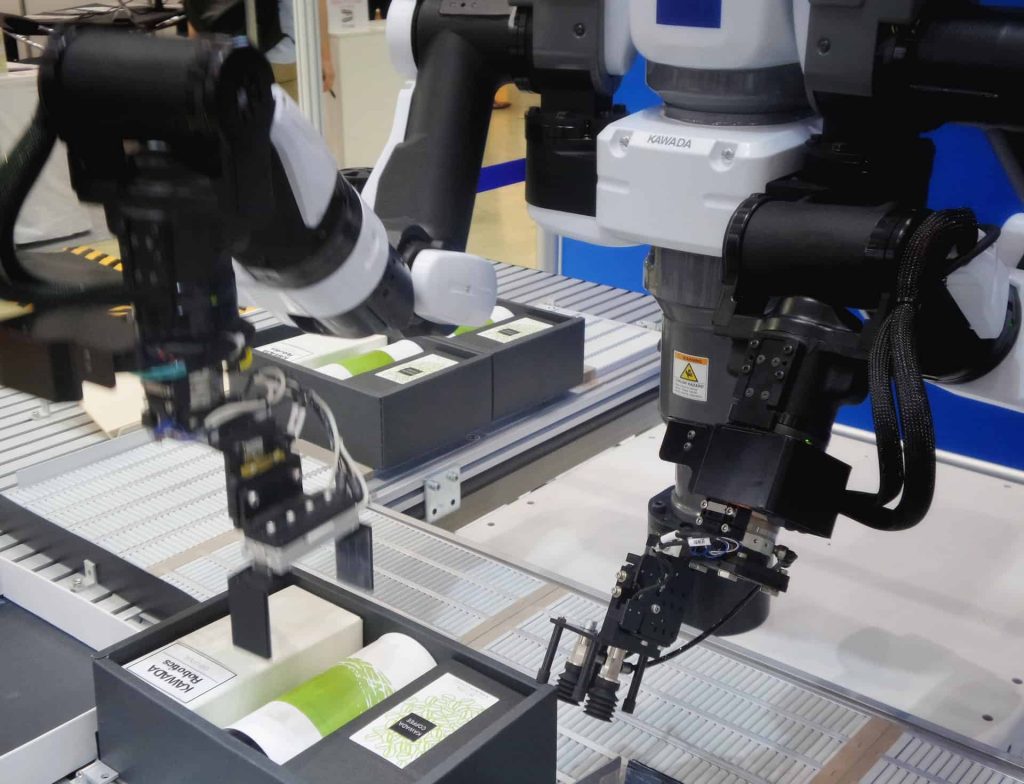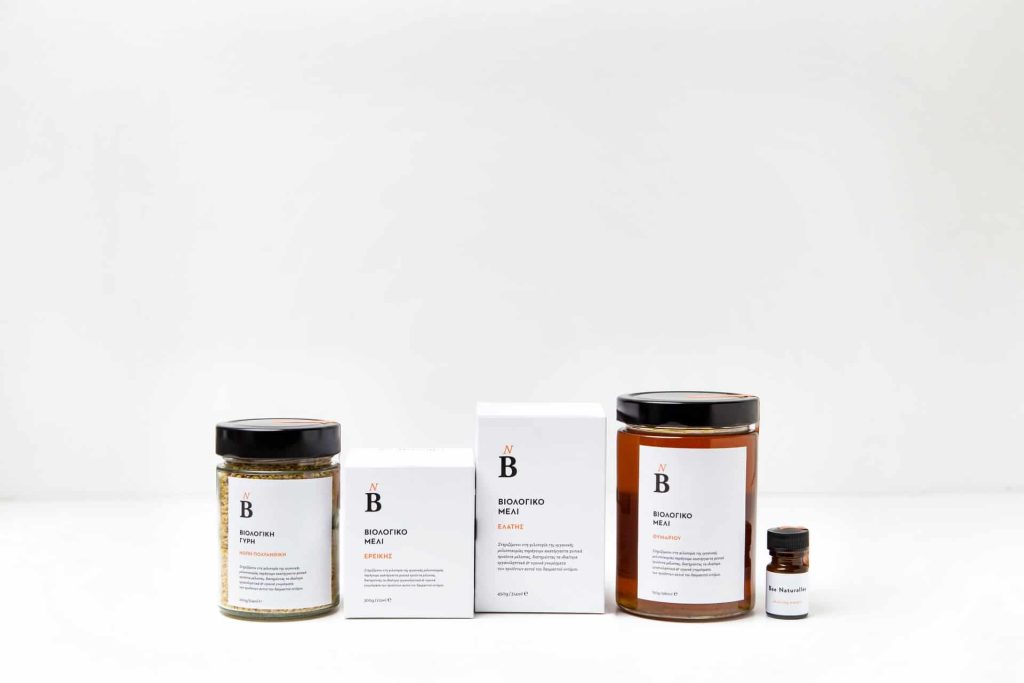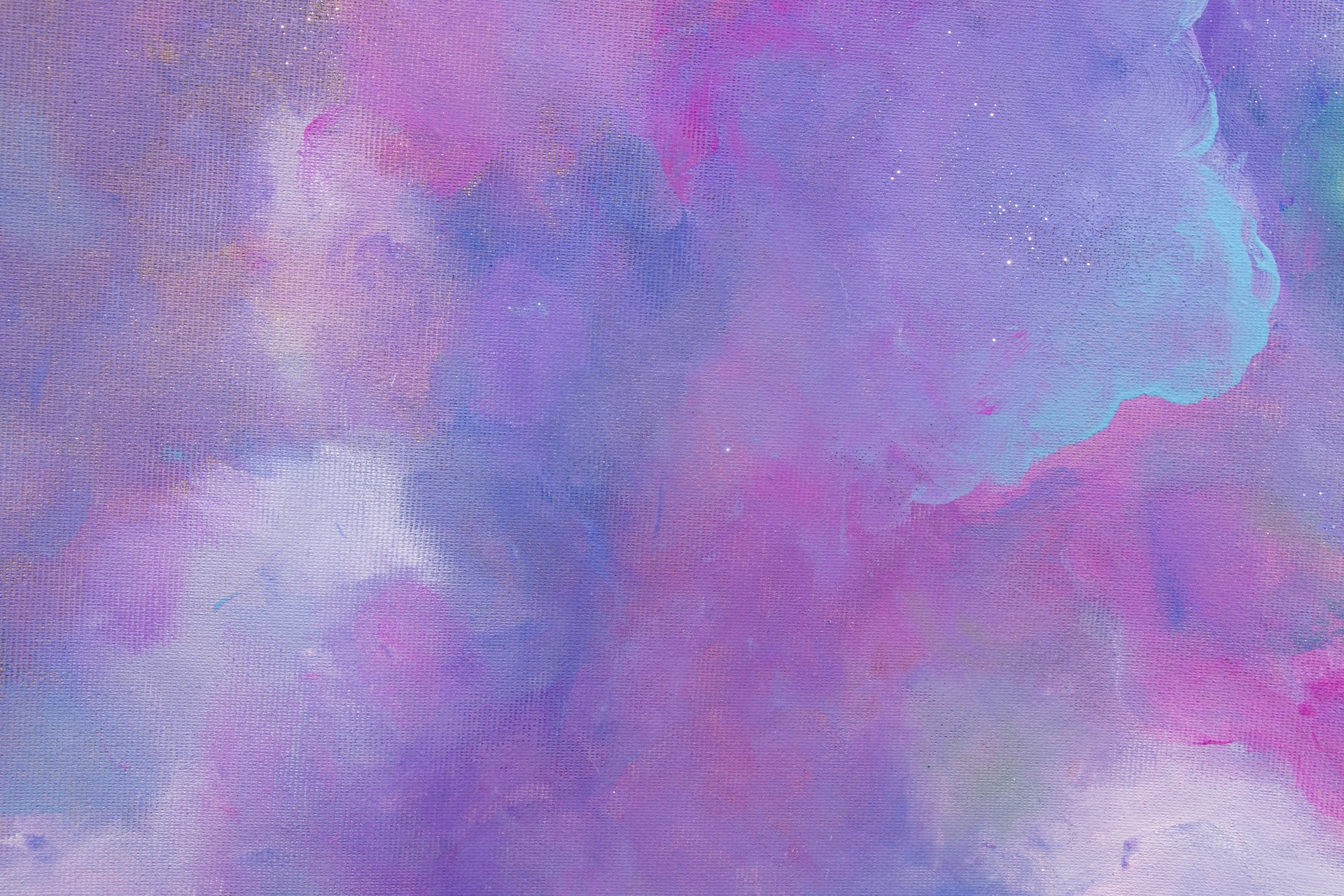
Digital label printing is one of the most popular choices for spitting out labels and stickers. You can add a lot of detail to your product packaging and shipping boxes by tapping into the power of digital. Designers can wow smaller business clients with fast turnaround times.
What exactly is digital printing? Instead of sending different layers to a printer, a digital file goes directly from your computer to the label. It’s a one-step process where all the colors and images get placed on the material at one time.
Is Digital Label Printing Faster?
Flexographic printing is actually a little slower than digital pressure label printing but is ideal for large batch items. On the other hand, the process for digital labels is perfect for smaller batches of items. The clarity and sharpness of the print also provides a stellar experience for most businesses.
You won’t need plates. The image goes directly to the printer.
There are many advantages to digital label printing. Here are our favorites and how you can use them to help your clients’ businesses grow.
1. Offer Fast Turnaround
Digital label printing gives you an opportunity to produce small batches faster than you can imagine. If a client needs a few labels for prototypes, you can have them in the same afternoon. You just need the right equipment and a PDF file and you can print your labels immediately. You can also send your artwork to label printers and get them back much faster than via other methods.
2. Create Prime Labels

If you’re designing labels for a product, you may want them to have more detail than if you’re designing a sticker for a box, for example. Prime labels feature sharp images, at least four colors and text. They are often printed on better quality labels. Some examples of prime labels would be beverage, food container and bath and beauty product labels.
3. Create Consistent Quality
Digital printing lets you print the same label every time. The colors, positioning and overall look won’t vary. Consistency helps brands develop a loyal customer base.
Since you indicate in your PDF file what the colors are down to the pixel, you’ll never have an issue with two batches of labels looking different and sending out an order with varying labels.
For example, if you sell a beverage, you may use up one batch of bottles and have to get into the next to fulfill the number of bottles in the order. The last thing you want is two different looks to your bottles because the labels aren’t consistent. You want some natural flow and similarities between both batches.
4. Save Money
Digital printing saves you money because you don’t have to invest in plates. Traditionally, you sent your images off to a printer, they made plates and then created your prints. With digital printing, you skip the plate step, saving time and money.
You’ll also cut turnaround times, which can save you and your client time. Time is money. If you have a faster turnaround, you can get on with the next job for that client or spend it seeking a new one.
5. Reduce Waste
Traditional, large batch printings tend to not get used over time. You may get a discount for printing more, but if you don’t use those labels, you’ve wasted money.
You might also be concerned about your carbon footprint or have clients who try to keep their businesses green. KPMG surveyed 5,200 companies from varying countries to see how sustainability functioned for larger corporations. They found around 70% of companies report they have carbon reduction targets and 88% want to keep up with the sustainability gains the world made during the COVID-19 lockdowns.
If your goal is to reduce your carbon footprint, you can use digital printing as one of your selling points. If you work with clients who have similar goals, they may find digital label printing quite attractive compared to other options.
6. Lower Commitment
What happens when a label design just isn’t working? Perhaps the company rebrands, new products come out or consumer trends change. There are times when a label design only works for a set amount of time and then ceases to be effective.
With digital label printing, it is much easier to pivot, rebrand and print a small batch of new labels. You can also test different designs and see which consumer groups respond best to. Figuring out what grabs consumer attention isn’t always easy, so the ability to easily make tweaks helps companies try different ideas and step outside of their comfort zone a bit.
7. Vary the Labels

Some clients may need a variety of labels within the same batch. For example, a small brewery might need 10 labels for a craft beer, 20 labels for hard cider and another seven labels for a different craft beer.
With digital printing, you can vary the details on the labels and offer the user a selection without stopping to redo things and swap out plates, etc.
Should You Choose Digital or Flexo?
You won’t find a simple answer to this question, because it depends on the job you’re working on. Some smaller batches benefit from digital label printing. Consider how many labels you need, how likely the brand is to use a larger batch and how often you’ll need to make changes.
Once you have an idea of the uses of the labels, it’s easier to decide if you should turn to digital label printing for your business. You can utilize the advantages of digital to try new ideas, test concepts and print small batches. It’s an excellent option to add to what you offer clients.




Leave a Comment